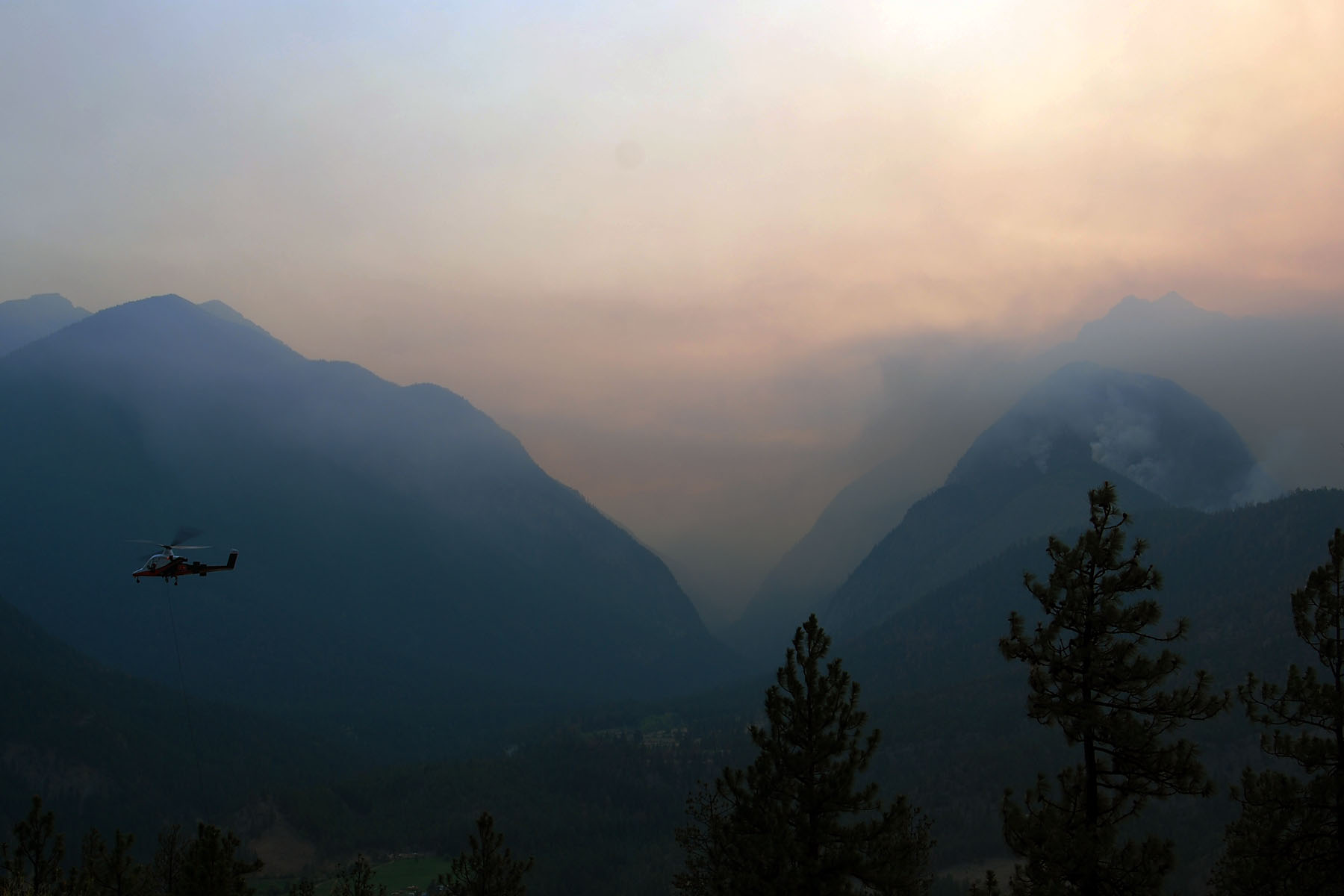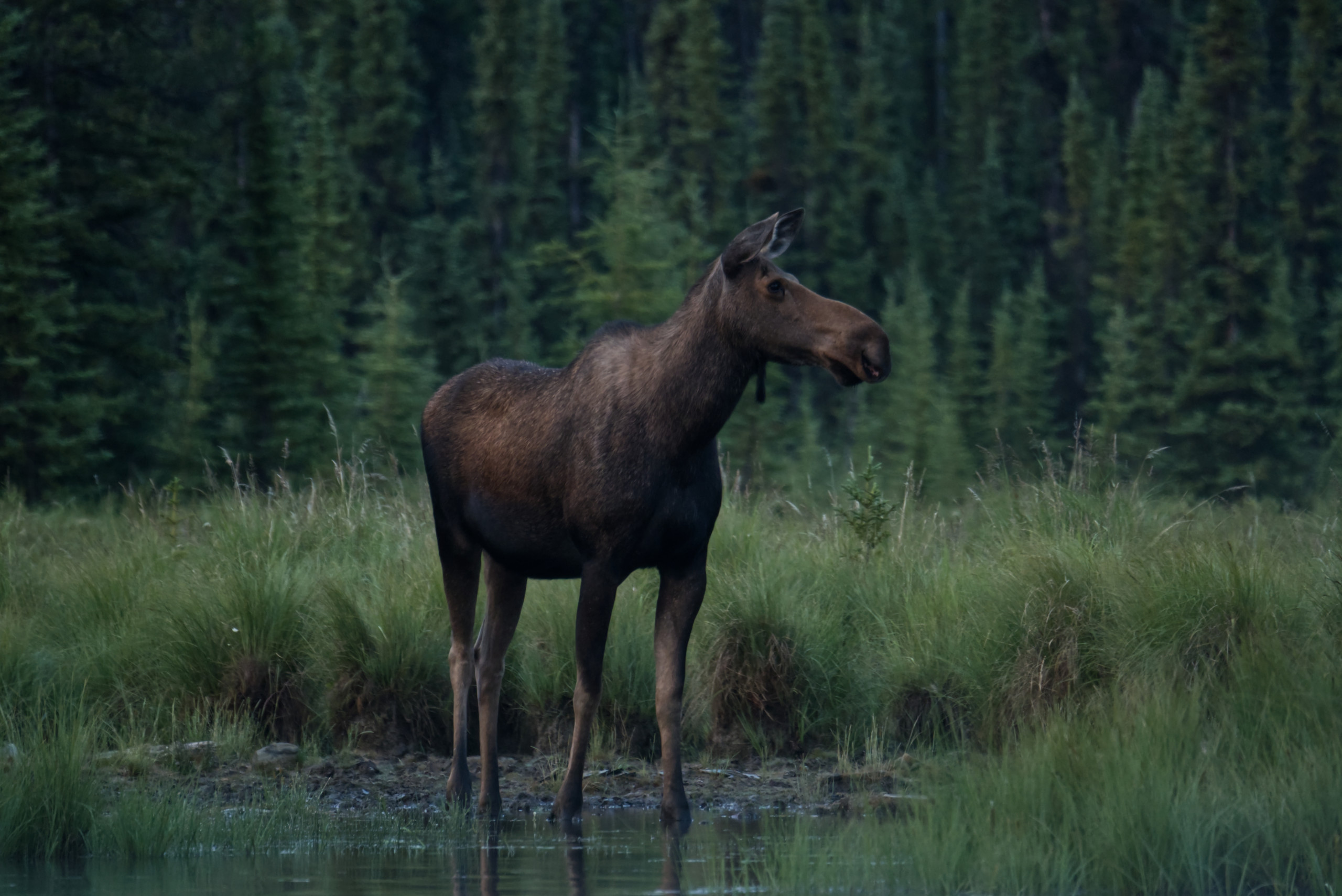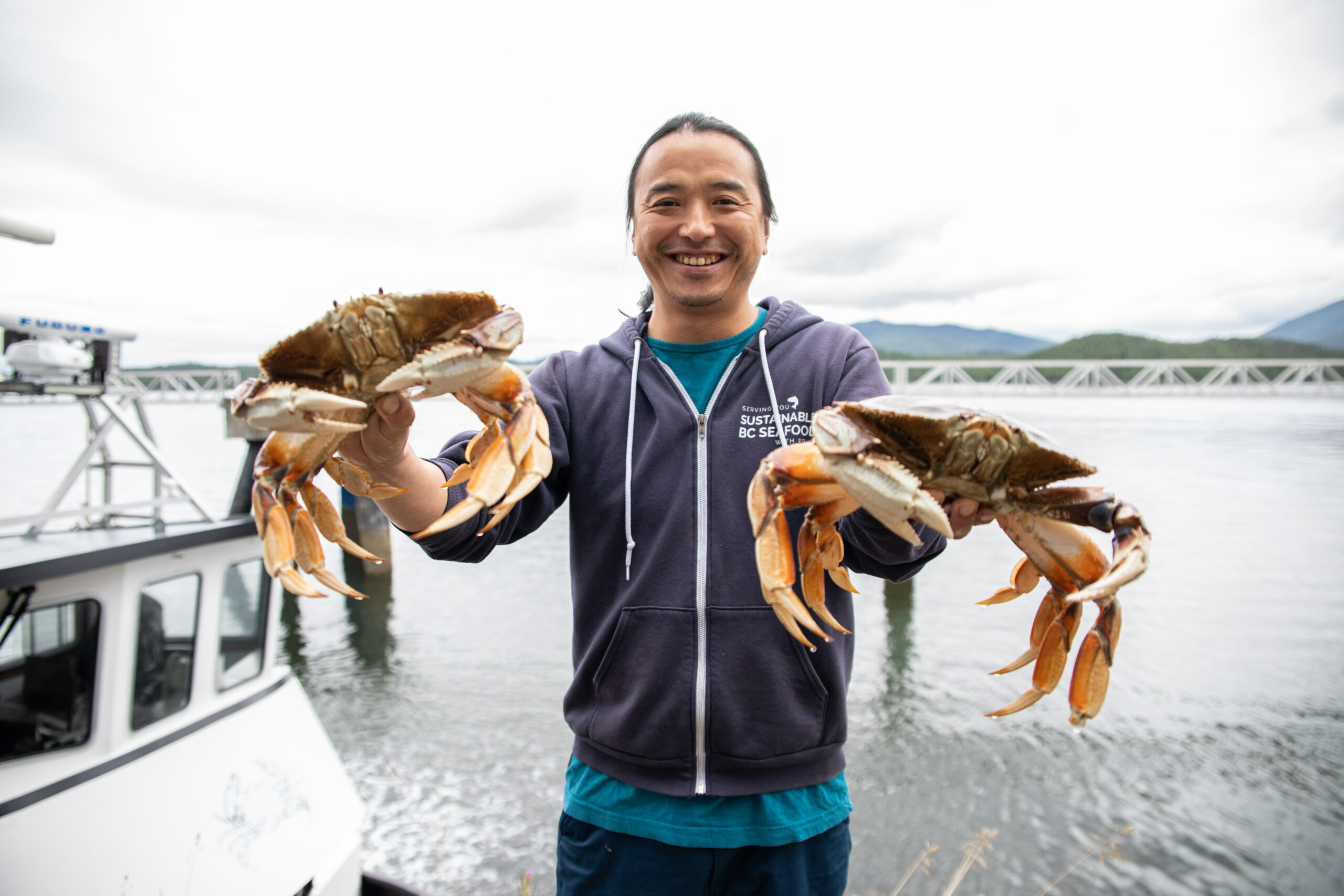
5 things to know about Winnipeg’s big sewage problem
115 billion litres, 70 years to fix, $5.5 billion in lawsuits
It started with a beaver.
On June 7, a large aspen hit a power line in northwest B.C. after being gnawed by a flat-tailed rodent. The downed tree then started a fire that impacted a fibre cable and knocked out communications for thousands across the region.
The outage lasted around nine hours and was little more than an inconvenience for most, but it left many unsettled. Numerous low-lying areas adjacent to the Bulkley and Skeena rivers were on flood watch that day. If an evacuation order had been issued, would affected residents get the message?
The beaver-related incident is an amusing anomaly but it illustrates how easily an entire region can be cut off from the rest of the world. That isolation is no joke. Extreme events caused by climate change are projected to increase — and in northwest B.C. there’s only one major highway connecting communities north of Prince George. If a fire or landslide took out that road, residents would have a lot more to worry about than not being able to scroll on social media for a few hours.
In a recent report, the Canadian Climate Institute said the effects of climate change are more pronounced in the north, which has already warmed by 2.3 C, or roughly triple the global average. The report also highlighted rural vulnerability, noting “an emergency road closure due to a landslide, fire, flood or washout can quickly cascade to food shortages at grocery stores, medical emergencies with no access to care and dwindling fuel supplies.”
Last year, B.C. suffered several major climate disasters, including a heat dome that killed hundreds and uncontrollable forest fires that razed an entire community and displaced thousands. In November, an atmospheric river wreaked havoc on the province, causing floods and landslides that severed land-based shipping networks. Grocery stores across the province suffered shortages as panicked consumers snapped up supplies, preparing for the worst that never came.
But, what happens when the worst does come?
According to Serasu Duran and Feyza Sahinyazan, researchers at the University of Calgary and Simon Fraser University, respectively, our collective reliance on the global supply chain is nothing new, but the COVID-19 pandemic brought it to the fore.
“We were assuming that things were magically appearing at our doors or in our communities and actually that’s not the case,” Sahinyazan said. “But for years, it’s been optimized towards a lean supply chain, in the sense [of] maximizing the profits and minimizing the costs in a way that we don’t even have any backup inventory in case something went wrong.”
“Supply chains are not necessarily the evil or bad thing here,” Duran said. “I think the more important thing here is that for so long, as Feyza mentioned, the objective functions or our main goal has become, okay, now that we have this structure going on, how can we further cut down costs, how can we make this cheaper?”
When it comes to food, a profit-based approach willfully ignores the people who rely on the network, they said.

Another issue is memory, Sahinyazan said. The general public and policy-makers forget too quickly, she explained, noting that little has changed to address the shortcomings of supply chains since the onset of the pandemic, when panic-buying first cast a spotlight on our dependency.
But, as Duran and Sahinyazan wrote last year in an article about the impacts of climate disasters on supply chains: “The problem is often not a supply shortage problem, but an excess demand problem. In other words, fear of shortages becomes a self-fulfilling prophecy due to hoarding.”
Government intervention, clear communications and collective conduct can work to reduce the strain on systems during a crisis, they said. But neither seemed convinced that governments are taking it seriously.
“Relying on these more colonial structures or the supply chains that we have in place probably will not hold in case of a disaster,” Duran noted. She said communities need to prepare to be isolated for at least 72 hours.
“Within that time the community has to be able to survive on its own with what’s available locally.”
There’s a further psychological component wrapped up in this, Sahinyazan noted. In Turkey, where she’s from, the population contends with massive earthquakes roughly once a decade.
“We are always in a disaster zone, meaning that we always have these emergency readiness and excess inventory,” she said.
“Here in Canada, I think we have never thought that we are that disaster prone,” she continued. “I think we get a bit too relaxed on the emergency preparedness, whereas with the climate crisis, I think Canada will experience more and more such disasters.”
Preparing for a climate disaster is about more than stocking up food and having an exit plan — it’s also a mental game.
Liz Williams, doctoral candidate in environmental psychology at the University of Victoria, told The Narwhal scholars and health practitioners are paying close attention to the psychological impacts of climate change.
“There’s a few different terms that are coming out amongst researchers and professionals in the mental health area: eco-anxiety, eco-paralysis, solastalgia and ecological grief — and they’re all related,” she said.
Solastalgia is the feeling of loss due to environmental change, essentially being homesick for a home that doesn’t exist anymore. Solastalgia, and other conditions, are becoming more pervasive as we collectively experience and face the increasing impacts of climate change.
Williams said the act of naming and talking about these emotional responses is a vital first step that can be a catalyst for climate action.
“What is it that you can do to prepare for these really scary things that you feel are kind of ominous?” she said. “Part of that is more about mental health and then part of that is about the actual physical realities when you’re facing climate change disasters.”

She added rural communities face a unique set of challenges.
“There’s absolutely more vulnerability for people who are in places that have more natural resources, are more connected to the land, and that includes Indigenous communities and northern communities — people whose lives and income are really connected to the outdoors,” she said.
As a recent Health Canada report notes: “Indigenous Peoples are at greater risk of being displaced by climate-related hazards and this can result in a loss of community connections and loss of livelihoods that affect individual and collective well-being.”
“There’s some pretty obvious connections there, between heightened anxieties and heightened impacts,” Williams said.
The flip side to the vulnerability facing northern communities is that many also have significant natural resources to fall back on in an emergency.
“In the north, you’d be hard pressed to find anybody who doesn’t have some kind of wild food in their diet, be it berries, salmon, moose or nettles, whatever it may be — there’s so much out there,” Mark Fisher, elected director of the Regional District of Bulkley-Nechako, told The Narwhal. “It’s possible that we can get all our calories from that, it just means a shift in our diet and it also means a shift away from these abstract, logistical and transportation systems.”

It also means addressing the impacts of climate change and development on wild resources and agriculture. The prevalence of floods and droughts is a continual worry for farmers. Rising temperatures — exacerbated by resource extraction such as clearcut logging — are devastating salmon populations across the province. And climate disasters such as massive forest fires displace and imperil wildlife that people rely on to harvest.
Fisher, who is also a farmer, said facing the climate crisis means focusing on the essentials.
“Food — the thing that sustains us — should be top priority,” he said. “It’s the one thing that threads us all together.”
He said that, while the region continually faces a lack of funding and capacity issues, the northwest has a lot going for it in terms of food sovereignty.
“We’re definitely reliant but that doesn’t have to be the case,” he said. “There’s two parts to that: one is the reliance on the logistical system and one is reliance on a certain diet.”
Northwest B.C. has an abundance of wild resources, as well as producers and programs that teach community members to process and store food. But globalization has a direct impact on those trying to establish local food systems, Fisher explained.
“One thing I find challenging as a farmer is it’s just so fucking hard,” he said. “One of the reasons why it’s hard is because food is subsidized by the transportation system, or cheap labour in third world countries or whatever.”
In other words, it’s cheaper to buy frozen fish fingers imported from Malaysia, say, than it is to buy a fish from the person who caught it.
Daisuke Fukasaku, chef and proprietor of a Prince Rupert restaurant and seafood marketplace, is all too aware of this inequity.
“The seafood price I’m paying to fishermen has already raised at least 25 per cent since last year,” he said. But he added it’s worth paying a premium to continue supporting commercial fishers and contributing to the local economy.
Fukasaku said he has a vision to establish a network that connects the coast to the interior, sending sustainable seafood east and bringing produce, wild foods, meat and dairy back. In a climate disaster, this kind of network would be well-suited to help people throughout the region without means to support themselves.

“My dream is to create some sort of network so I can offer communities — Terrace, Hazelton, Kispiox, Smithers and Telkwa — access to Rupert high quality seafood,” he explained. “And in return, I bring back their staples like produce, locally foraged mushrooms, meat products, stuff like that.”
He’s dabbled with the idea already, buying from a Terrace-based farmer through a subscription program and selling seafood in interior communities. But setting up a self-sustaining network that stretches across the region ultimately boils down to time and capacity, he said. After all, a round-trip drive from Prince Rupert to Smithers is around eight hours, and that doesn’t account for the time it takes to meet with producers and consumers.
“If I can devote for this project full time, I might be able to do it, but I have my main job as a chef and I do 50 to 60 hours a week for my chef duty,” he said.
Fisher called this the “25 hats” syndrome, noting how pioneering grassroots food systems in rural areas typically fall to a handful of already-busy individuals.
He added that while the province has been investing in climate-related mitigation projects, including in agriculture, there’s a disconnect between policy-makers in the south and the people trying to establish food sovereignty in the north.
“This government doesn’t get northern B.C.,” he said. “They don’t see the differences, they see rural B.C. all the same. But we are different and we’re way up here.”
Until support comes, he said the northwest will have to rely on what he called an “informal network” of people dedicated to making the region resilient in a climate emergency.
Fukasaku is hopeful.
“We have seafood, we have produce, we have meat product, we have dairy product — all the essential food products within our region.”
“We’ll make it happen one way or the other.”
Get the inside scoop on The Narwhal’s environment and climate reporting by signing up for our free newsletter. On a warm September evening nearly 15...
Continue reading
115 billion litres, 70 years to fix, $5.5 billion in lawsuits

Climate change, geopolitics and business opportunities power a blue economy

10 billion litres of sewage are dumped into Winnipeg’s lakes and rivers each year. Some...
